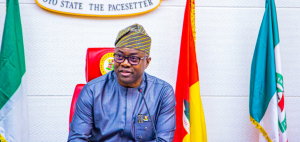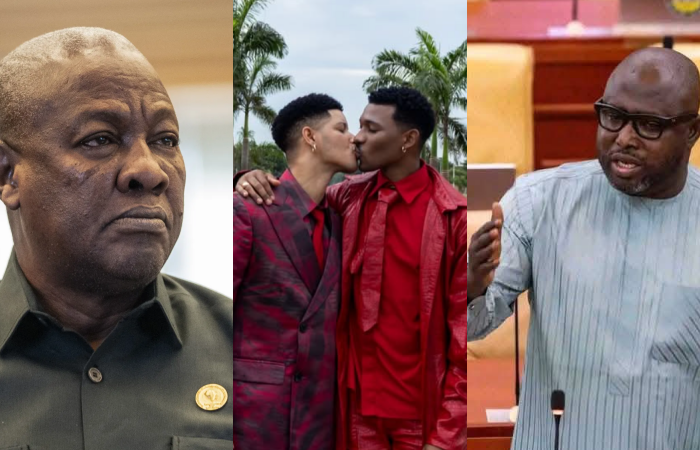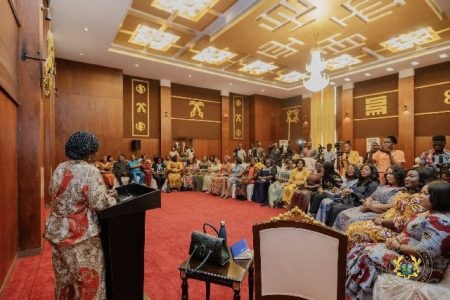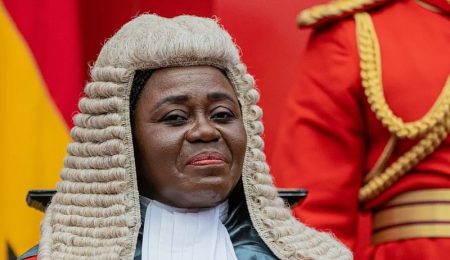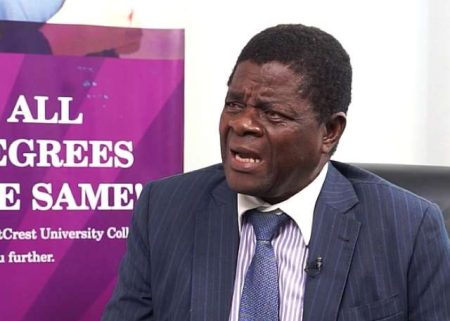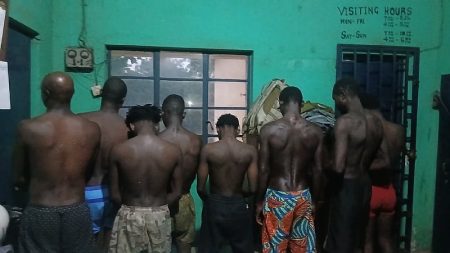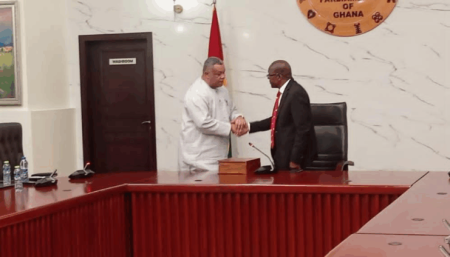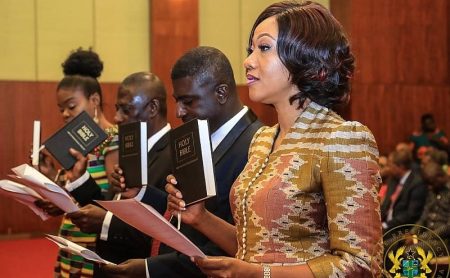The controversy surrounding a viral video depicting two men, purportedly a gay couple, kissing and celebrating at Ghana’s Independence Square has ignited a heated debate about LGBTQ+ rights and the government’s stance on the issue. Deputy Minority Whip, Iddrisu Habib, criticized the Mahama administration for its perceived silence on the matter, questioning whether their inaction implied tacit support for LGBTQ+ activities. Habib’s condemnation of the video, which appeared to show a same-sex wedding celebration with the Ghanaian flag in the background, amplified existing tensions regarding LGBTQ+ visibility in the country, particularly as Parliament anticipates the reintroduction of a controversial anti-LGBTQ+ bill. His public questioning of the government’s position reflects the broader societal struggle to reconcile traditional values with evolving concepts of human rights.
Habib’s pointed remarks on the floor of Parliament highlighted the video’s provocative nature, emphasizing the symbolic significance of the Independence Square as a backdrop for the alleged same-sex wedding celebration. He directly challenged the government’s perceived silence, framing it as a potential endorsement of LGBTQ+ rights, a stance that resonates with those who oppose such rights based on cultural or religious grounds. The timing of the incident, coinciding with the anticipated reintroduction of the anti-LGBTQ+ bill, further fueled the debate, transforming the video into a focal point for discussions about the legal and social ramifications of LGBTQ+ visibility in Ghana.
Tamale North MP Alhassan Suhuyini responded to Habib’s concerns, acknowledging the public’s frustration with the incident while reiterating Parliament’s commitment to addressing the issue through the reintroduction of the anti-LGBTQ+ bill. Suhuyini’s remarks underscored the existing legislative efforts to criminalize LGBTQ+ activities, suggesting that had the bill already been passed, the incident at Independence Square would have resulted in legal repercussions. His statement serves as a reminder of the ongoing legislative battle surrounding LGBTQ+ rights in Ghana and the potential consequences for individuals who publicly express their sexual orientation or gender identity.
The incident and subsequent parliamentary debate have reignited a complex and multifaceted discussion about LGBTQ+ rights, societal norms, and the role of national symbols. The use of the Independence Square, a location imbued with national pride and historical significance, as the setting for the video added another layer of complexity to the issue. For many, the display at such a prominent national landmark was seen as a deliberate provocation, challenging traditional values and sparking a heated debate about the limits of freedom of expression and the appropriate use of public spaces.
The reintroduction of the anti-LGBTQ+ bill, while supported by some, is also viewed with apprehension by human rights advocates and international organizations. Concerns have been raised about the potential for increased discrimination and violence against LGBTQ+ individuals should the bill pass, as well as the potential chilling effect on freedom of expression and assembly. The bill’s provisions and potential impact on human rights will undoubtedly be subject to intense scrutiny and debate both within Ghana and internationally.
The incident at Independence Square and the subsequent parliamentary exchange have highlighted the deep divisions within Ghanaian society regarding LGBTQ+ rights. The debate reflects a broader struggle to reconcile deeply held cultural and religious beliefs with evolving concepts of human rights and individual freedoms. As Ghana navigates this complex issue, the fate of the anti-LGBTQ+ bill will have significant consequences for the future of LGBTQ+ rights and the broader human rights landscape in the country. The incident serves as a stark reminder of the ongoing challenges faced by LGBTQ+ individuals in many parts of the world and the urgent need for dialogue and understanding to bridge the divide between opposing viewpoints.


